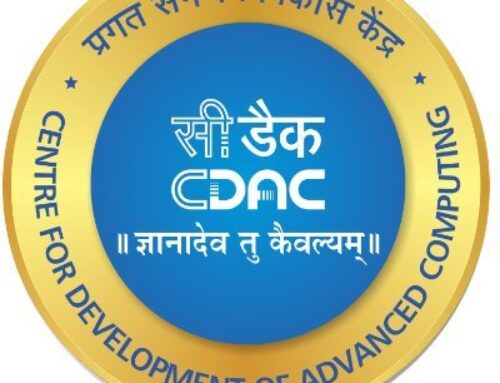Electric drives represent a transformative frontier in drive technologies, with significant untapped potential within the boundaries of physics. In automotive applications, electric drives have become indispensable for achieving efficiency. Regardless of the energy source or intermediary systems, when the vehicle meets the road, the drive must be electric.
From a sustainability perspective, the principle of “Reduce, Recycle, and Reuse” translates directly into “Efficiency” for drive systems. Key performance metrics-torque, torque density, power, and efficiency—are essential for optimizing motor performance.
A wide variety of motors are used in commercial applications, with each selected based on specific performance requirements. While DC and asynchronous induction motors are highly mature, they often fail to meet the advanced demands of modern drives. The advent of commercially viable power electronics has enabled variable-speed drives with precise torque and power control, significantly improving motor performance. Among brushless motor technologies, induction motors, BLDC motors, and reluctance motors have progressed in maturity, leveraging shared advancements in electronics and control subsystems.
Motor performance arises from complex interdependencies between magnetics, materials, electronics, and control systems. Each motor type must address torque, speed, and power requirements, governed by electromechanical equations. A key differentiator is the torque constant: in BLDC and induction motors, it remains relatively fixed (classifying them as linear machines), whereas in reluctance motors, it varies with current, making them non-linear machines.
This distinction impacts efficiency. In linear machines, efficiency peaks at maximum operating speed, while in non-linear machines, it quickly rises to a high, consistent value across a wide torque-speed range. Reluctance motors also benefit from a high torque constant at low speeds, where torque demands and current are substantial, while maintaining high-speed capability as back EMF and current reduce. This unique characteristic enables extended speed operation, with the variable torque constant acting as a virtual electrical gear, mimicking a continuously variable transmission without added weight, size, or cost.
Among reluctance motors, Synchronous Reluctance Machines (SynRM) have traditionally held some advantages over Switched Reluctance Machines (SRM). However, advancements in SRM design have surpassed SynRM and even axial flux motors in performance, without increasing costs. Despite design complexities in areas such as magnetics, winding, sensing, bridge topology, and control systems, SRM technology has been optimized to maintain material and component efficiency.
Revolutionizing Motor Technology – Sustainable & Innovative Drive Systems Aditya Avartan Technologies Pvt Ltd. Page 1 of 2
AVARTAN
FUTURE DRIVE
As a result, SRM technology offers unmatched efficiency, torque density, power density, reliability, and fault tolerance at a competitive cost. We are leveraging this technology in cost-sensitive markets such as ceiling fans and mixer grinders, with modular designs poised to scale for applications including air conditioning and refrigerator compressors, induction motor replacements, power tools, drones, and electric vehicles in both hub and center–drive configurations.
Innovations Driving SRM Technology
Sensing and Control:
Nonlinearity, while beneficial, requires precise handling to optimize efficiency and energy management. Modulating firing angles dynamically is critical for achieving superior performance. Traditional digital position encoders used in other motor technologies fall short for SRM applications. To address this, we developed hybrid encoders that operate analogously while being perceived as digital by the control system. These encoders combine the high resolution, bandwidth, and cost-efficiency of analog systems with the robustness of digital solutions.
Magnetics Optimization:
Magnetics were analysed in depth to account for all constraints and optimize designs in a modular, parametric manner. This approach ensures seamless integration across various applications.
Lamination Materials:
Lamination materials were evaluated based on composition, manufacturing efficiency, and sustainability. Factors such as gang tool vs. progressive tooling, single-piece vs. segmented laminations, and sheet steel vs. powder metallurgy were considered for their cost-performance trade-offs.
Winding Materials and Processes:
Winding materials and processes were optimized to reduce costs and enhance sustainability without compromising performance.
Power Bridge Topology:
The power bridge design focuses on efficiency, reliability, fault tolerance, and cost, meeting all the unique demands of SRM technology.
Adaptive Control Systems:
Control systems were designed to dynamically adapt to operating conditions, maximizing torque and efficiency across a wide range of applications.
Srinivas Kudligi, CTO, Aditya Avartan Technologies Pvt Ltd







